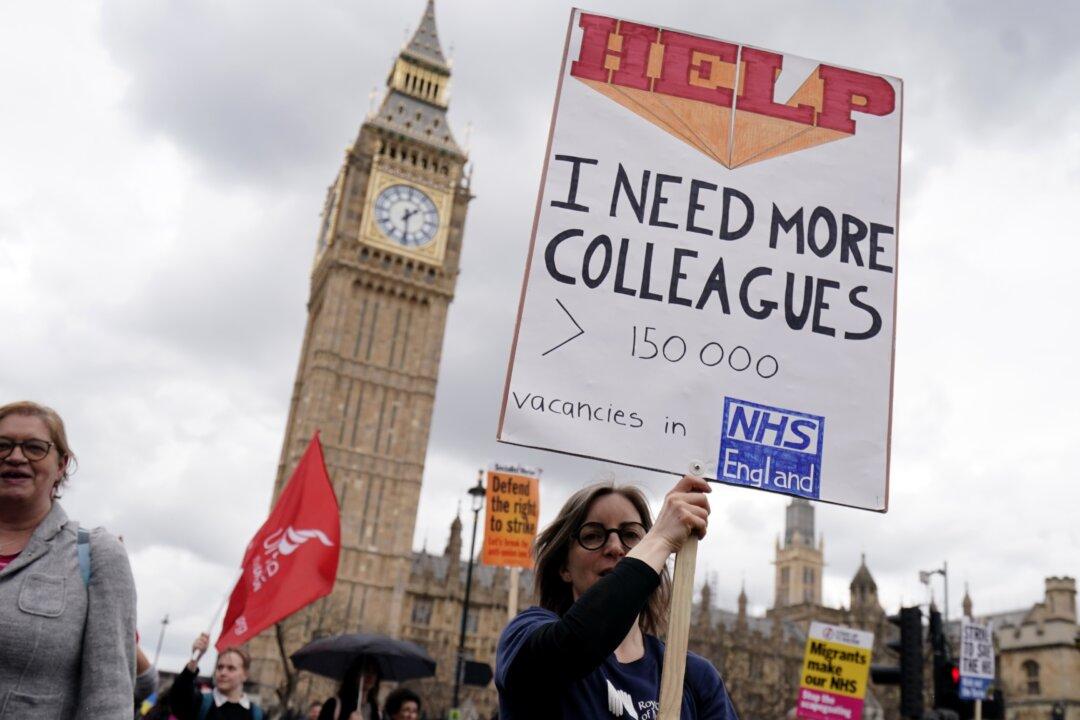One in eleven workers will be employed by the national health service by 2036 under plans to expand the NHS, according to an analysis.
A report released by the Institute for Fiscal Studies (IFS) on Tuesday estimates an upcoming major healthcare workforce expansion plan means that the NHS would employ almost half of all public sector staff.





